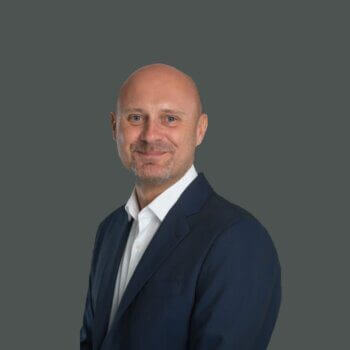Several recent events seem to foreshadow the metaverse as the place where we’ll be spending a lot of time in the not-too-distant future.
The metaverse is defined as the collective, virtual and shared space created by the convergence of virtually enhanced physical reality and physically persistent virtual space, including the sum of all virtual worlds, augmented reality and the internet. Traditionally, it has been exploited within the scope of virtual realityor augmented reality in environments ranging from video games to industrial applications, but always relatively niche, and until now, hasn’t reached a majority audience.
But events on the technological scene suggest that we could be close to moving from this relatively marginal use to more significant levels of adoption, particularly as a way of dealing with the pandemic and the new realities it has generated: a leak from Apple about supposed augmented reality glasses possibly linked to the iPhone, the launch of which some do not consider viable before 2022, and which would confirm the company’s interest in an environment in which it has already made several acquisitions (the most recent a week ago) and registered several related patents.
Facebook, which bought Oculus VR in 2014, continues to advance its vision of remote working using virtual and augmented reality in line with the end of lockdown, pointing to a future where any surface in our home could become an interface we can use to visualize just about anything. At the same time, the company shamelessly copies Bitmoji and launches virtual avatars, which it’s been working on for some time, another technology that many link to the development of social environments in virtual reality.
Peter Chou, former CEO of HTC and who left the company about three years ago, now runs XRSpace, which has come up with a new virtual reality devicecalled Mova, lighter and more powerful than its competitors, equipped with 5G and oriented to social interaction within its own virtual environment. The idea of virtual environments linked to social participation was for a long time in development at Linden Lab, the company that owns Second Life, which generated many headlines at the end of the first decade of the century, but recently sold those developments to a small and little-known company called Wookey Projects. XRSpace’s virtual reality concept, XR, combines a projection device close to the eyes of virtual reality viewers with two front-facing cameras that would allow the integration of the real world, in a stand-alone viewer design weighing less than 500 grams and that would be equipped with a display panel with a refresh rate of 90 hertz and 702 dots per inch, both parameters significantly above its current competitors.
A whole bunch of news and innovations in an environment that has already taken several years to develop, but is still waiting to make the leap into mass adoption. There’s no smoke without fire. Could the need to develop work, education and relationship interfaces provoked by the pandemic be the trigger we’ve been waiting for?
Do you see yourself interacting with your friends, working or consuming content in a regular way, not occasionally, with a viewer weighing a pound strapped in front of your eyes? Is virtual reality technology ready for that moment of mass adoption? Are we?
About the Author
This article was written by Enrique Dans, professor of Innovation at IE Business School and blogger at enriquedans.com.





























